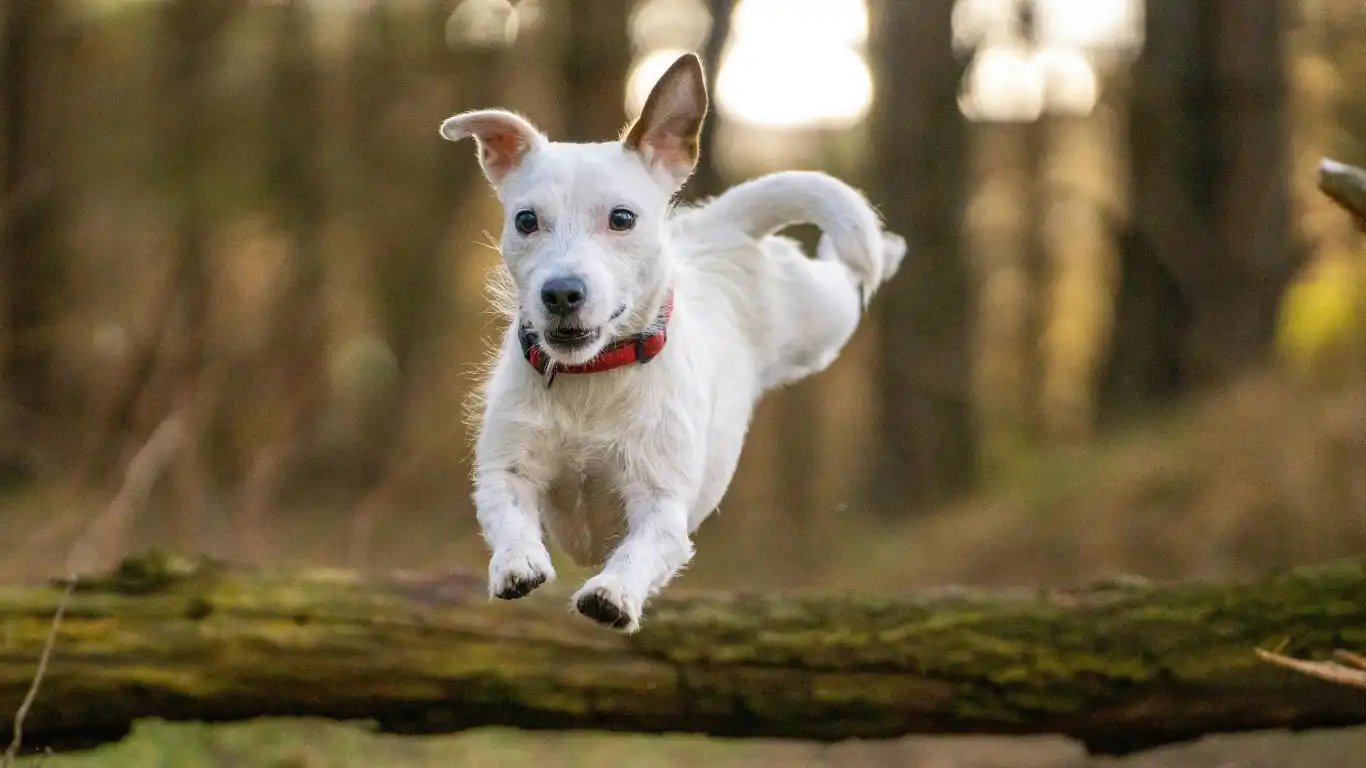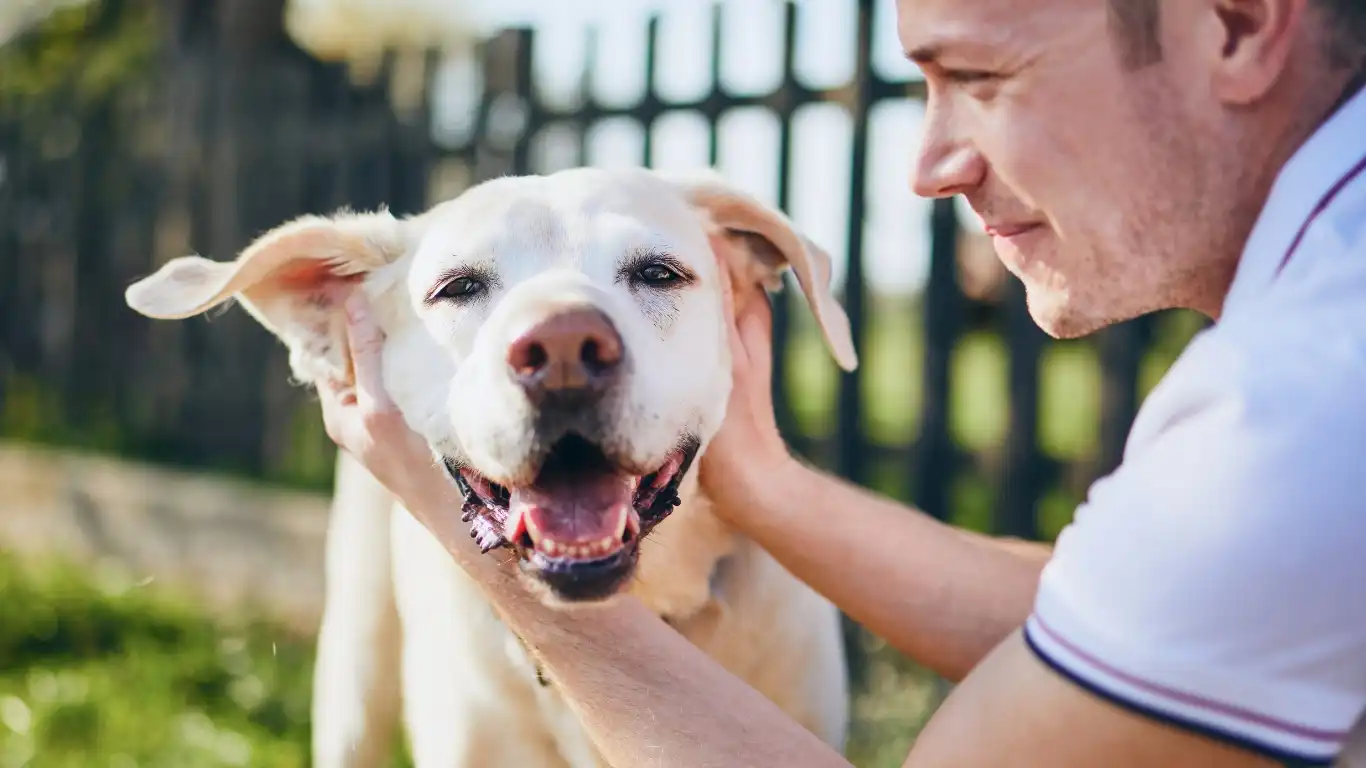Expert Dog Care Tips for Happy, Healthy Pups That Thrive
If you’re anything like me—a veterinary technician who’s spent years working closely with dogs and specializing in their nutrition—you know firsthand that expert dog care tips for happy, healthy pups that thrive are more than just nice-to-haves. They’re essentials. Every dog deserves to feel great in their fur, bounce around with energy, and show that unmistakable sparkle of contentment in their eyes. And trust me, achieving that kind of vibrant health goes beyond just feeding your pup or regular vet visits. It’s about understanding their unique needs, tailoring care, and tuning in to the little details that truly make a difference.
Understanding Your Dog’s Unique Needs

Every dog is an individual with a personality and health profile all their own. Over my years in veterinary nursing, I’ve seen how a one-size-fits-all approach doesn’t work—especially when it comes to nutrition and overall care. Whether it’s a playful labrador who’s always on the go or a more laid-back senior dog, tailoring your care approach to match your dog’s age, breed, and activity level is crucial.
Why Personalized Care Matters
Think about it: what you feed a 3-month-old puppy is drastically different from what an 8-year-old golden retriever needs. Their metabolism, energy levels, and even the way their bodies process nutrients evolve over time. In fact, during my work, I’ve noticed that owners who adapt their dog’s diet and care routines based on these changing needs often report fewer health issues and a more vibrant, active pet.
Signs Your Dog Might Need a Care Tune-Up
Here are some key things I always advise pet parents to watch for:
- Changes in energy levels — Is your usually lively dog suddenly sluggish or uninterested in playtime?
- Coat condition — A dull, flaky coat can hint at nutritional gaps or underlying health issues.
- Weight fluctuations — Unexplained weight loss or gain is often a red flag.
- Behavioral shifts — Excessive scratching, irritability, or unusual lethargy.
When you notice these signs, it’s time to dig a little deeper—sometimes with your vet or a trusted nutritionist’s help—to adjust your pup’s care plan.
Nutrition: The Cornerstone of Thriving Dogs

One of the biggest lessons I’ve learned through my veterinary experience is that nutrition isn’t just about filling a bowl. It’s about fueling your dog’s entire well-being. Good nutrition can be a game-changer for everything from their energy and mood to their immune system and coat health.
Balancing Macronutrients for Optimal Health
Dogs need a well-rounded diet that includes:
- Proteins: Essential for muscle repair and growth. Lean meats, fish, and quality protein sources should be front and center.
- Fats: Not all fats are created equal—healthy fats like omega-3 and omega-6 fatty acids support brain function, skin, and coat condition.
- Carbohydrates: While dogs don’t require carbs in large amounts, they can be a great energy source when chosen wisely, such as sweet potatoes or brown rice.
From my experience, I always encourage pet owners to look for dog foods that clearly list these nutrients in balanced proportions. Avoid fillers like corn or wheat that offer little nutritional value.
Hydration: Often Overlooked but Absolutely Vital
Another simple yet vital tip I always share: keep fresh water available at all times. Proper hydration supports digestion, kidney function, and helps regulate body temperature. I’ve seen many cases where dehydration masked as lethargy or irritability—easy to miss if you’re not paying close attention.
Exercise and Mental Stimulation: Vital Components for Thriving Dogs

From my time working hands-on with dogs, I can’t stress enough how crucial both physical activity and mental engagement are to a pup’s overall happiness and health. Dogs aren’t just four-legged bundles of energy—they’re intelligent, curious beings who need more than just a meal and a nap to thrive. Without enough exercise or mental stimulation, even the most well-fed dog can become bored, anxious, or develop behavioral issues.
Finding the Right Exercise Routine
Not all dogs are cut from the same cloth when it comes to exercise. A high-energy border collie, for example, will need way more activity than a calm bulldog. In my experience, tailoring exercise routines based on breed, age, and health is the best way to keep pups fit and happy.
Here are a few pointers I often share with dog owners:
- Daily walks — This is non-negotiable. Even 20-30 minutes can make a huge difference in your dog’s mood and fitness.
- Playtime — Games like fetch or tug-of-war aren’t just fun; they burn energy and strengthen your bond.
- Varied activities — Mix it up with swimming, agility training, or even scent games to keep your pup’s body and mind active.
Personally, I’ve seen dogs transform when their owners commit to consistent exercise—better muscle tone, healthier weight, and even fewer visits to the vet for stress-related issues.
Mental Enrichment: More Than Just a Bonus

Mental stimulation often flies under the radar, but trust me, it’s just as important as physical exercise. Dogs have brilliant minds that crave challenges and problem-solving. Without mental engagement, they might resort to destructive behavior or develop anxiety.
Here are some of my favorite ways to keep pups mentally sharp:
- Puzzle toys: Great for food-motivated dogs, these toys make them work for their treats and keep their brains busy.
- Training sessions: Short, regular training builds focus, discipline, and strengthens your relationship.
- Scent work: Encouraging dogs to use their incredible noses is both tiring and satisfying for them.
- New experiences: Taking your dog to new places or introducing new toys keeps their environment interesting.
One memorable case from my career involved a particularly anxious dog who blossomed after his owner started daily scent games. It was like watching a light switch turn on—the dog was calmer, more confident, and happier overall.
Routine Vet Care and Preventive Health Measures

Even with perfect nutrition and exercise, regular veterinary check-ups and preventive health are key pillars for dogs who truly thrive. From vaccines to dental care, these measures keep your furry friend ahead of potential health problems.
Why Preventive Care Should Be a Priority
During my years as a veterinary technician, I saw how proactive care often saves dogs—and their owners—a lot of heartache and expense. Catching issues early, whether it’s parasites, dental disease, or joint problems, can mean the difference between a quick fix and a long-term struggle.
Here’s a quick checklist I recommend to every dog owner:
- Vaccinations: Keep your dog’s shots up to date to protect against common but serious illnesses.
- Parasite prevention: Monthly flea, tick, and heartworm preventatives are a must, especially if your dog spends time outdoors.
- Dental hygiene: Regular brushing or dental treats help prevent painful gum disease, which is surprisingly common.
- Weight management: Excess weight puts stress on joints and organs, so routine vet visits should always include weight checks.
- Senior dog screenings: As dogs age, additional bloodwork and exams can catch age-related conditions early.
Building a Relationship with Your Vet
One piece of advice I always give is to see your vet as a partner in your dog’s care journey. Being honest about what you observe, asking questions, and discussing nutrition or behavior concerns can lead to personalized recommendations that make a real difference. Over the years, the best outcomes I’ve witnessed came from pet owners who were actively engaged and communicative with their veterinary team.
Creating a Safe and Comfortable Environment for Your Dog

One thing I’ve learned over the years working closely with dogs is that their environment plays a huge role in how happy and healthy they are. It’s not just about food or vet visits; it’s about creating a space where your pup feels safe, comfortable, and loved. Dogs pick up on our energy and their surroundings more than we often realize.
Comfort is Key
From personal experience, dogs tend to thrive when they have their own cozy corner to retreat to after a busy day of play and exploration. Whether it’s a plush bed, a crate, or just a designated spot in your living room, having that secure space helps reduce stress and anxiety. I always recommend choosing bedding materials that are easy to clean and supportive for joints—especially if you have a senior dog or one with arthritis.
Dog-Proofing Your Home
Keeping your dog safe inside your home is just as important as outdoor safety. I’ve seen too many preventable accidents from things like exposed wires, toxic plants, or small objects that can be swallowed. Here are a few practical tips I often share:
- Secure loose cords and wires to prevent chewing hazards.
- Remove or place toxic plants out of reach—common ones like lilies, azaleas, and philodendrons can be dangerous.
- Store cleaning supplies and medications in cabinets that your dog can’t access.
- Check for small items on the floor that could be choking hazards.
Creating a safe, dog-friendly home environment doesn’t have to be complicated, but it does take a little intentionality. When I help new dog owners set up their homes, these small changes often make a big difference in their pet’s comfort and safety.
Building a Strong Bond: The Heart of Expert Dog Care

Beyond nutrition, exercise, and safety, the most important piece of the puzzle is the bond you share with your dog. From my experience as a veterinary nurse, I can say with confidence that a strong, loving relationship influences your dog’s health just as much as any diet or medication.
How to Strengthen Your Connection
Building trust and understanding takes time, patience, and consistent effort. Here are some practical ways I’ve seen pet owners foster deeper connections with their dogs:
- Spend quality time together—whether it’s a quiet cuddle session or a fun game in the yard, these moments create emotional security.
- Use positive reinforcement training to build confidence and clear communication.
- Read your dog’s body language—knowing when they’re stressed, excited, or relaxed helps you respond appropriately and strengthens trust.
- Be patient with setbacks—dogs, like people, have good days and bad days. Consistent kindness goes a long way.
In my time caring for dogs, I’ve witnessed incredible transformations when owners commit to understanding and meeting their dog’s emotional needs. It’s not just about keeping them alive; it’s about helping them truly thrive.
References and Further Reading
- American Veterinary Medical Association (AVMA)
- American Animal Hospital Association (AAHA)
- American Gastroenterological Association
- USDA National Agricultural Library
Disclaimer
This article is intended for informational purposes only and should not replace professional veterinary advice. Always consult with your veterinarian or a qualified pet care specialist before making significant changes to your dog’s diet, exercise, or health regimen. Every dog is unique, and a tailored approach is best to ensure their well-being.






